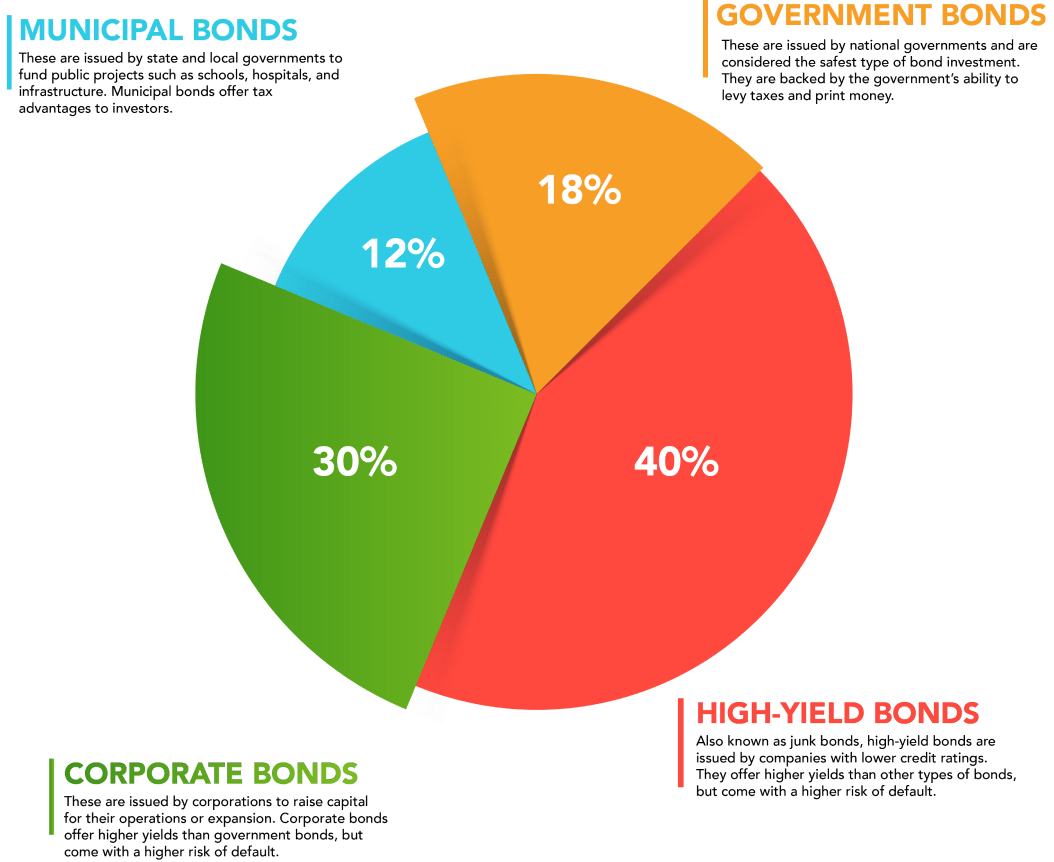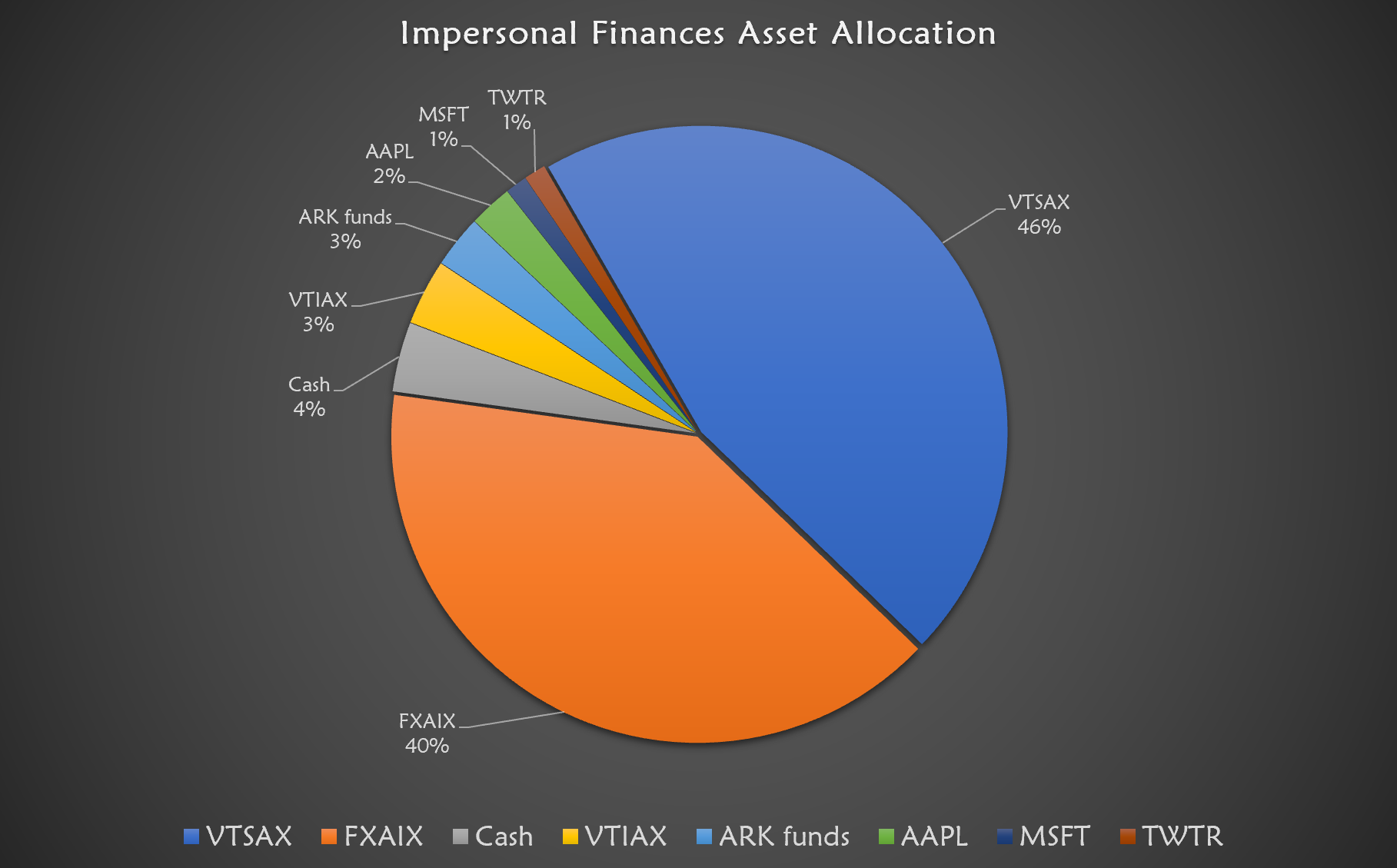Introduction to Investment Management
In today’s financial landscape, effective investment management is essential to preserving and growing wealth. Investment management is about carefully constructing and adjusting portfolios to align with the client’s goals, from wealth preservation and income generation to growth-oriented strategies. Through thorough financial analysis, market research, and risk management, effective investment management helps individuals, families, and corporations maximize their returns while minimizing unnecessary exposure.

Setting Financial Goals and Risk Tolerance
The investment management process at our firm begins with defining the client’s financial objectives, assessing their risk tolerance, and understanding their time horizon. Some clients prioritize capital preservation for retirement, while others seek aggressive growth to maximize returns. Risk tolerance plays a critical role: our team uses a blend of quantitative analysis and qualitative input to match investments with the client’s comfort level. By aligning goals with investment strategies, we create portfolios that meet long-term needs while considering short-term volatility.
Portfolio Construction and Asset Allocation
Once goals are established, our investment management team works on constructing a diversified portfolio. Diversification reduces risk by spreading investments across asset classes like stocks, bonds, real estate, and alternative assets. For instance, a balanced portfolio for a retiree may include high-quality bonds, dividend-paying stocks, and some exposure to real estate for income. In contrast, a young professional may have a higher concentration in equities for potential growth.

Active and Passive Management
Our firm offers both active and passive investment management strategies to meet client preferences and market conditions. Active management involves continuous market monitoring and tactical adjustments based on economic indicators and stock performance. This can benefit clients looking to capitalize on short-term opportunities. Alternatively, passive management focuses on long-term investments with lower turnover, ideal for clients seeking stability. Our team combines active and passive strategies where appropriate to optimize returns and minimize costs.

Risk Management and Performance Monitoring
Investment management isn’t complete without robust risk management. We continuously monitor the portfolio, adjusting allocations as market conditions change. For instance, if market volatility increases, we may shift some equities into safer assets like bonds or cash equivalents. Regular performance reviews and clear reports allow clients to stay informed about portfolio performance, enhancing transparency.

